 Science
Science
Introduction
The Science (S1-3) curriculum covers the four interconnected strands of Life and Living, The Material World, Energy and Change, and The Earth and Beyond, so as to develop students’ understanding of relevant scientific concepts and ideas.
Besides, the importance of scientific knowledge towards scientific and technological developments and their implications to society and the environment is also highlighted in the curriculum to cover the strand of Science, Technology, Society and Environment. It also provides contexts for enhancing students’ awareness of the relationship of science with other STEM-related disciplines.
The strand of Scientific Investigation is infused whenever appropriate into the Science (S1-3) curriculum, to facilitate students’ understanding of the nature of science and acquisition of science process skills. The nature of science includes the belief and attitudes towards the knowledge about the natural world, the methods and processes through which scientific knowledge is acquired, and the socio-cultural and historical influences involved.
The study of the nature of science could increase students’ interests, enhance their understanding of scientific knowledge, and facilitate them to make informed decisions about science-related issues in their daily life. In addition to the brief introduction of the nature of science in Unit 1, teachers can select suitable topics in other Units as the context for developing students’ understanding of the nature of science.
Aims
The Science (S1-3) curriculum provides science-related learning experiences that develop students’ interest in science and to lay a foundation for their studies of various science curricula at the senior secondary level. It also focuses on the development of scientific literacy for living in and contributing towards a scientific and technological world.
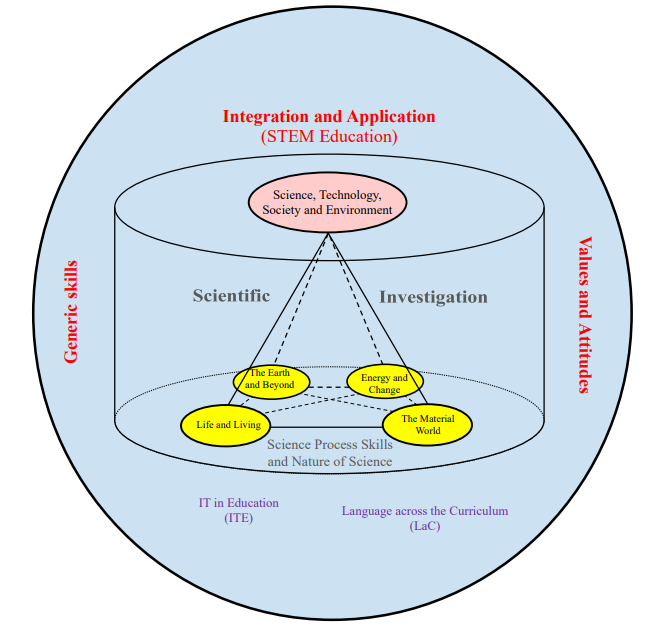
Curriculum
|
S1 |
Unit 1 |
Introducing science |
|
Unit 2 |
Water |
|
|
Unit 3 |
Looking at Living Things |
|
|
Unit 4 |
Cells, Human Reproduction and Heredity |
|
|
Unit 5 |
Energy |
|
|
Unit 6 |
Matter as Particles |
|
|
S2 |
Unit 7 |
Living Things and Air |
|
Unit 8 |
Making Use of Electricity |
|
|
Unit 9 |
Common Acids and Alkalis |
|
|
Unit 10 |
Sensing the Environment |
|
|
Unit 11 |
Force and Motion |
|
|
S3 |
Unit 12 |
A Healthy Body |
|
Unit 13 |
From Atoms to Materials |
|
|
Unit 14 |
LIght, Colours and Beyond |
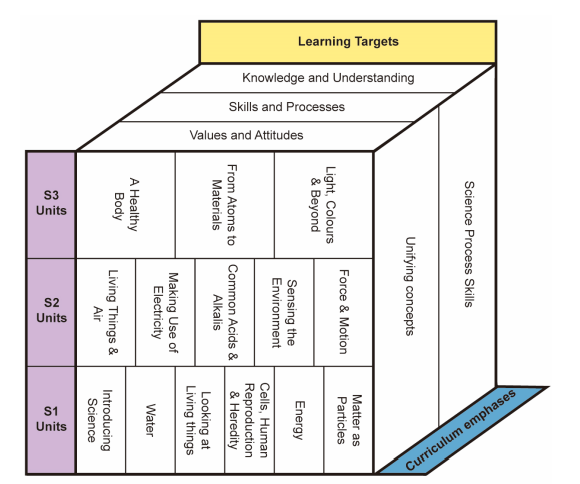
Subject Activities
Little Wildlife Director
Through focusing on local wildlife documentaries, students learnt about Hong Kong’s habitat diversity and biodiversity. Coupling with the Science (S.1-3) curriculum, students formed groups and made use of local wildlife clips, creativity and the ecological concepts they learnt, to create stories and present it in a one-minute wildlife video.
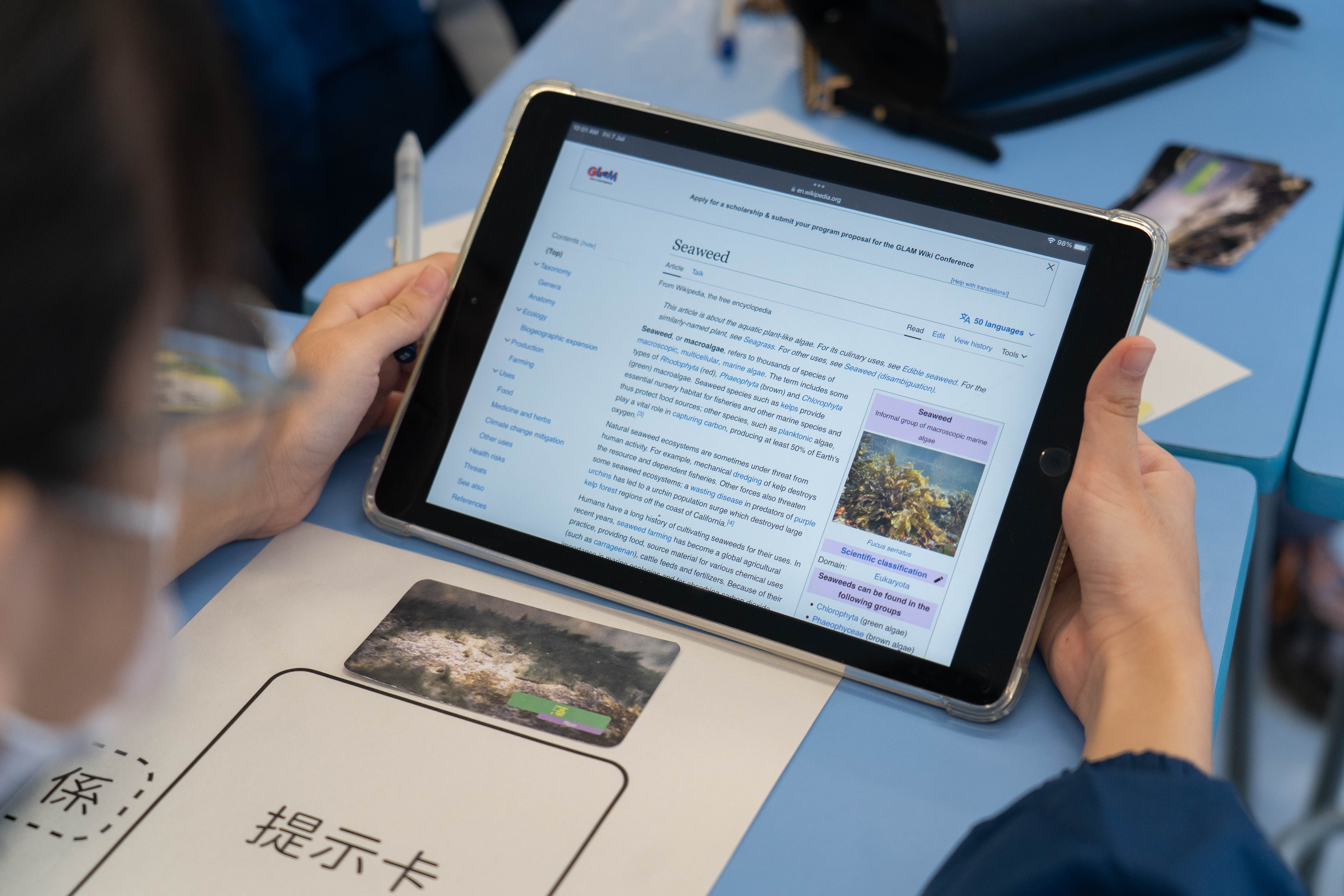
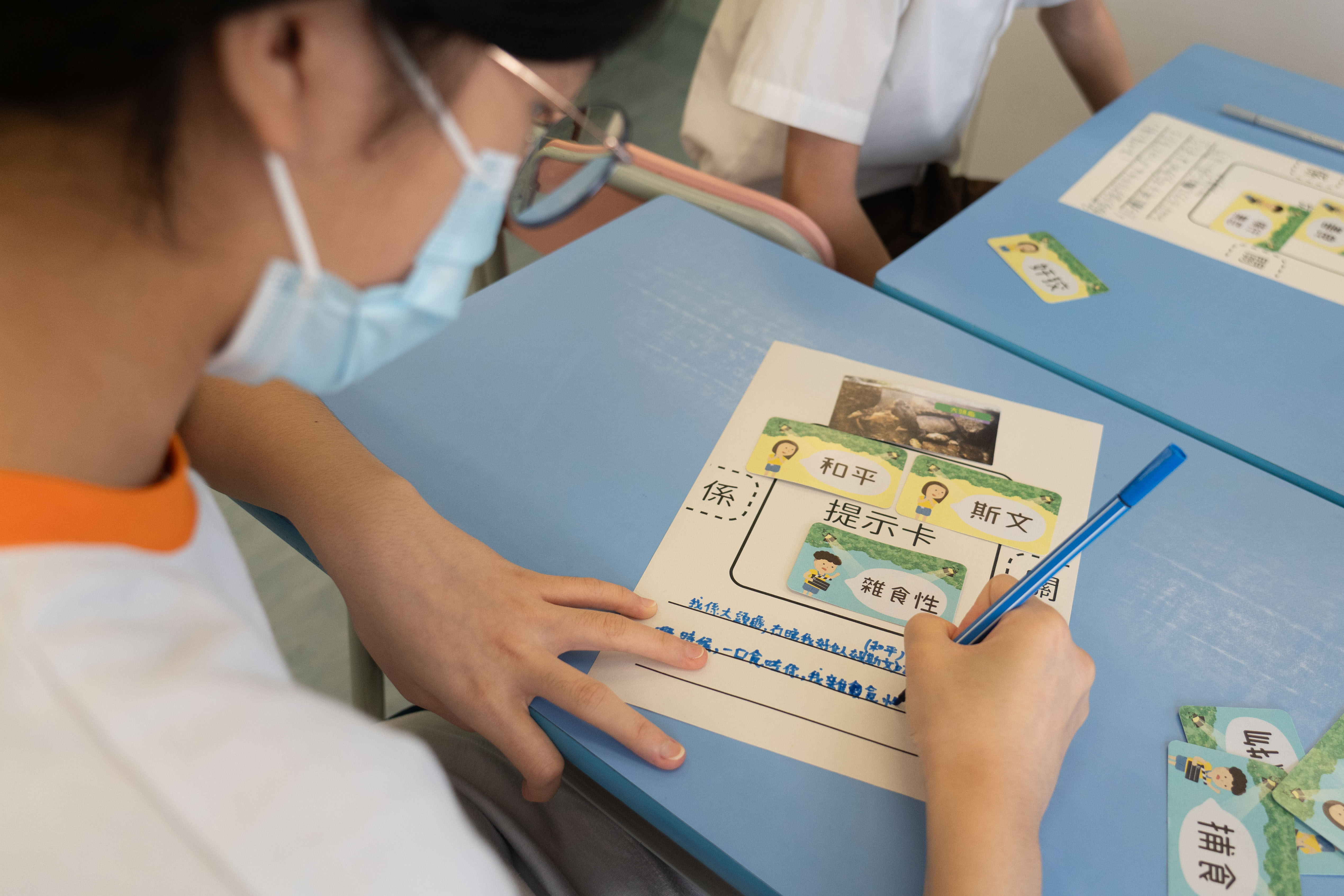

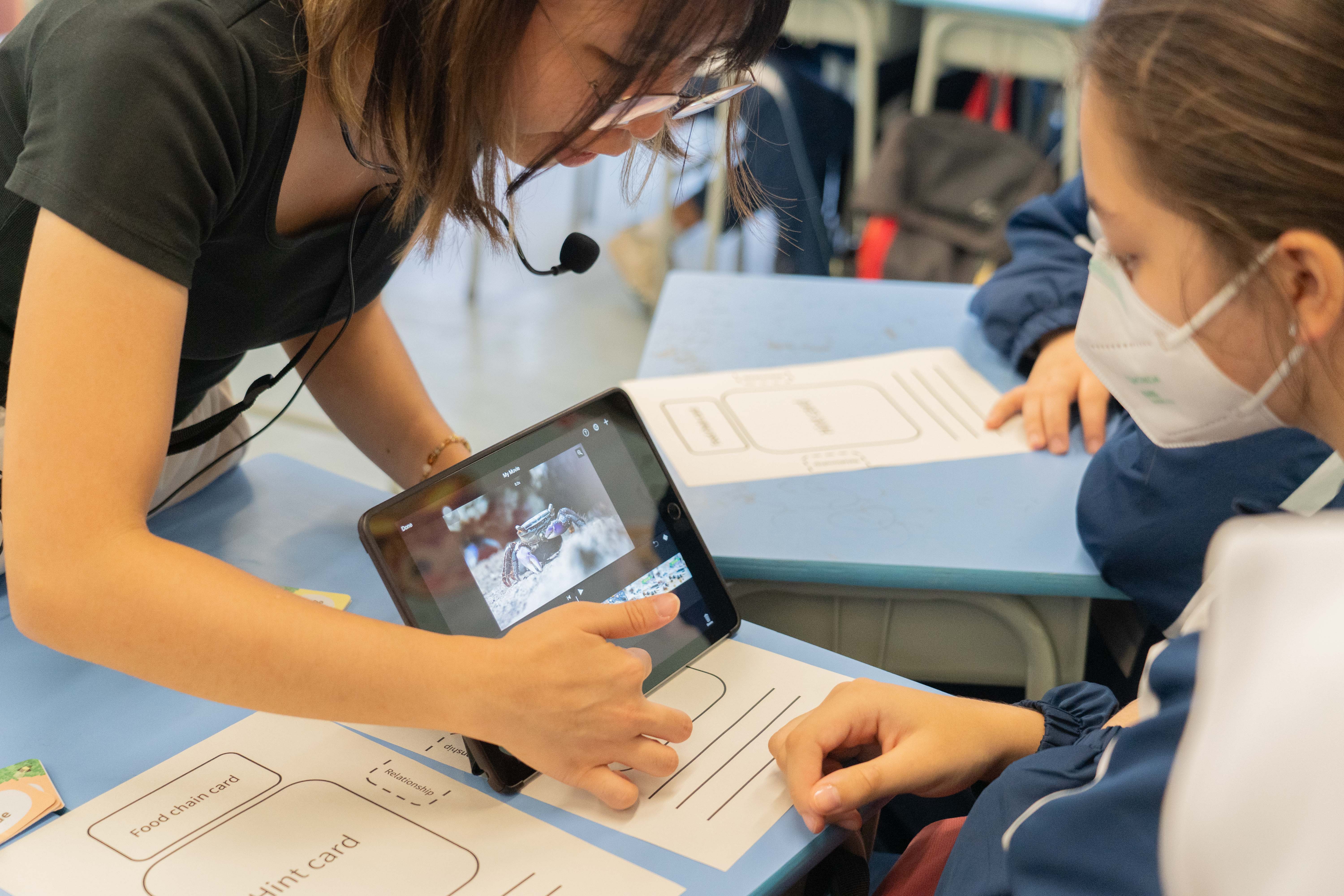
Science Detectives
Through engaging detective cases and interesting examples of forensic science, students need to pay attention to any small details at the crime scene. By integrating interdisciplinary scientific knowledge from biology, chemistry, and medicine, students will understand that the knowledge learned in different science fields can be effectively applied in real-world situations.
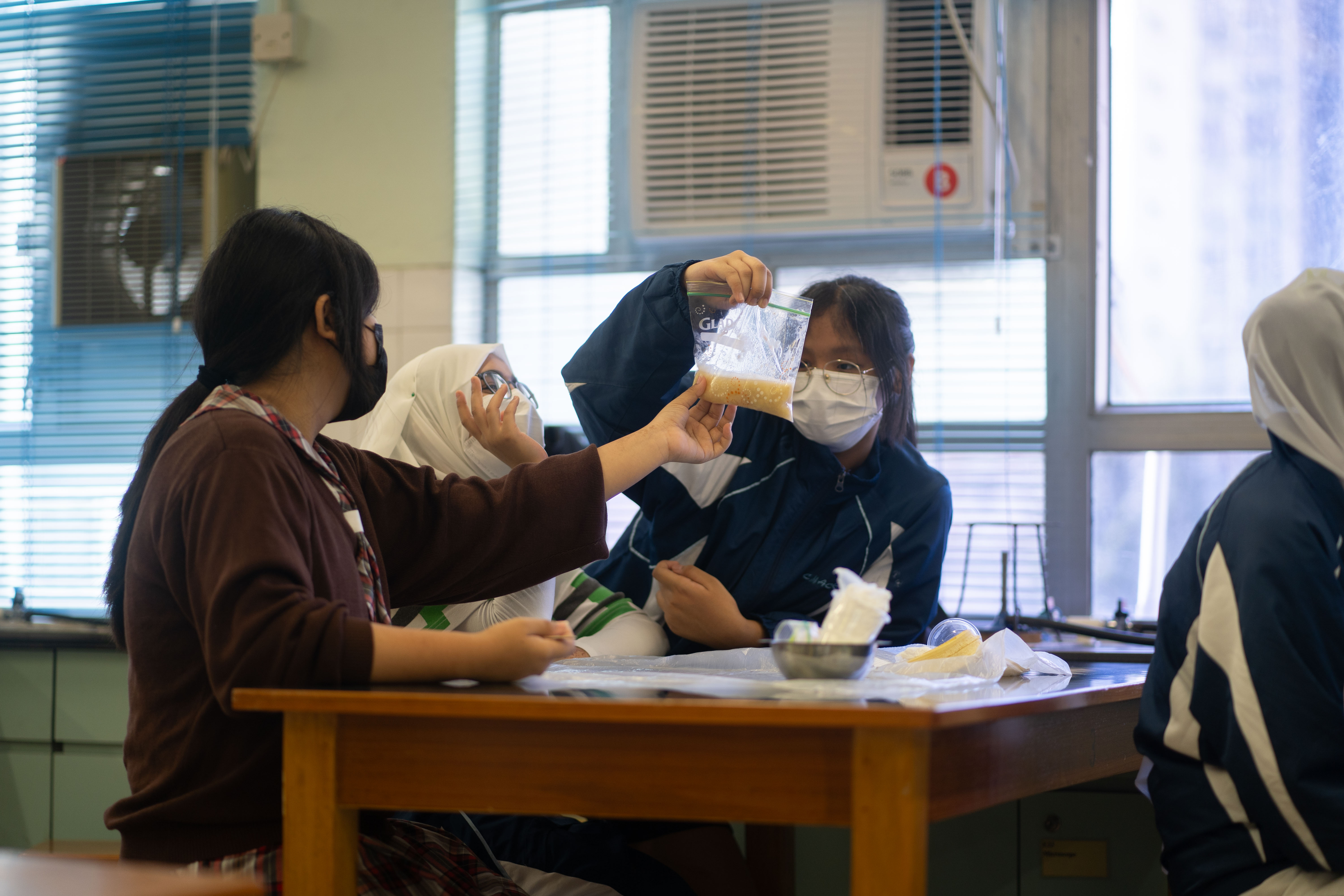
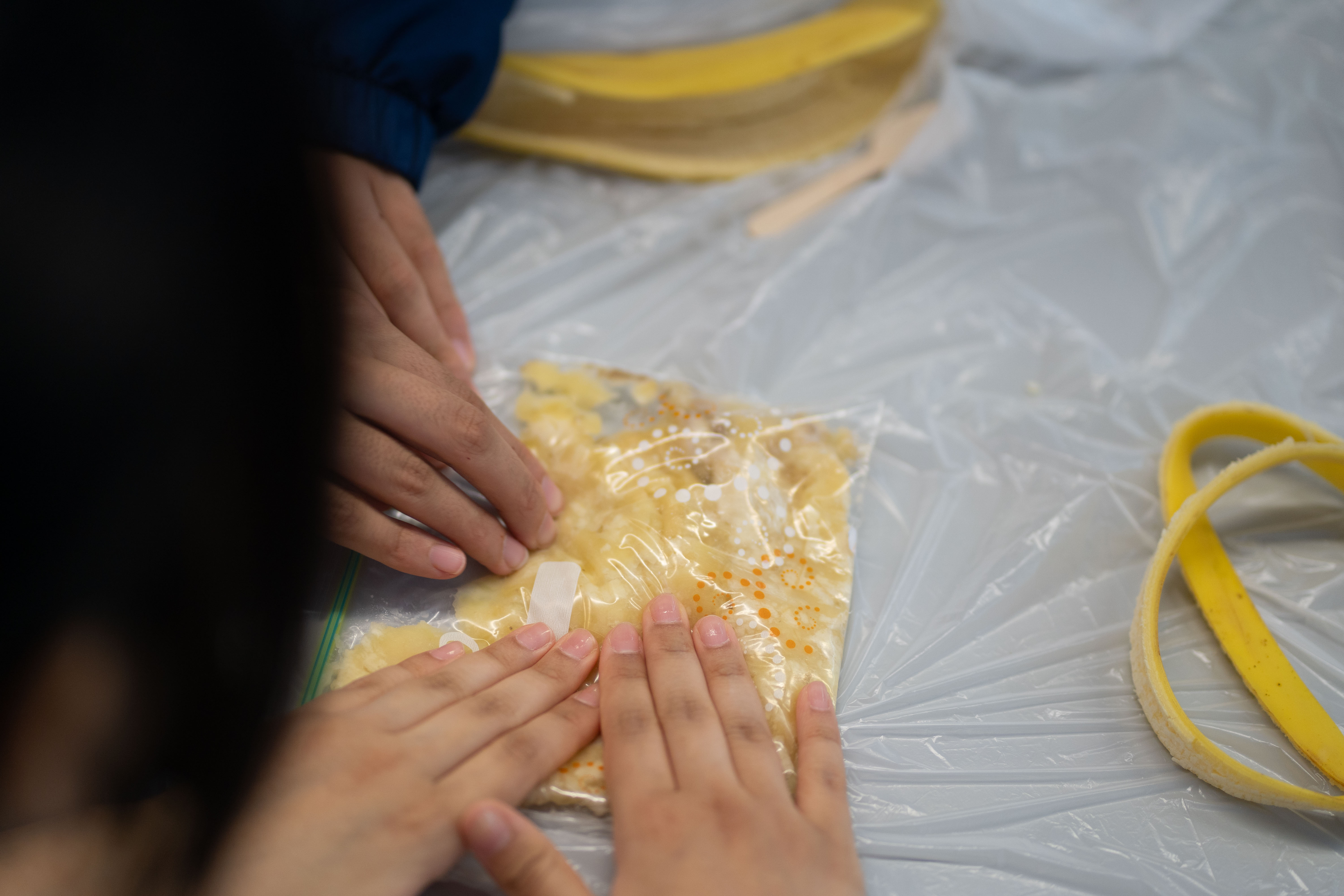
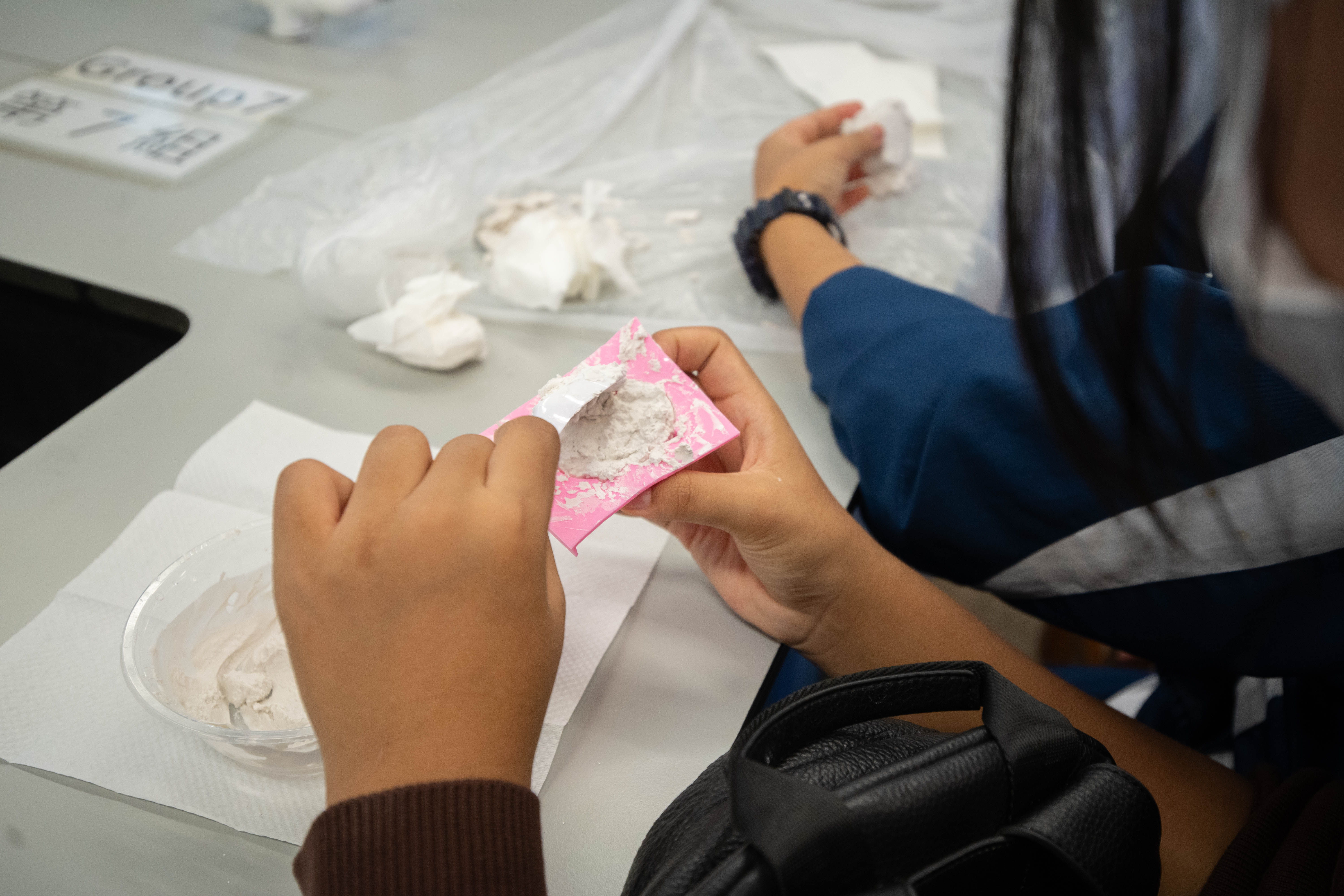
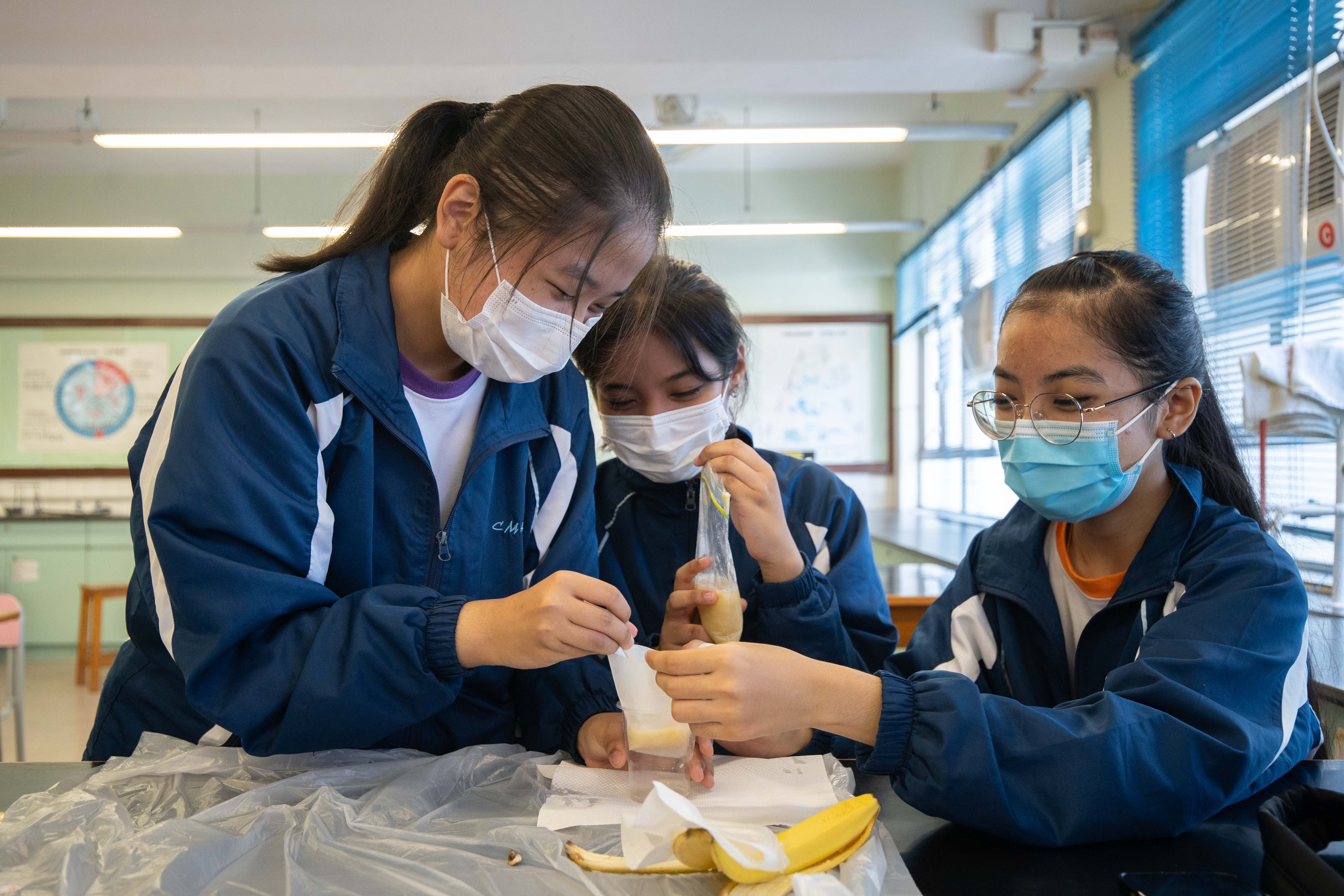
Theme Park Nature Experience
The Science Department brought students to Ocean Park for an experiential learning activity. At the Grand Aquarium and Giant Panda Pavilion, students were able to observe various species of animals to understand how their body features are adapted to cope with different environmental challenges, as well as to recognize the natural environmental and human-induced threats they face. Through this experience, students were able to reflect on human’s responsibility towards the conservation of wildlife and the environment.
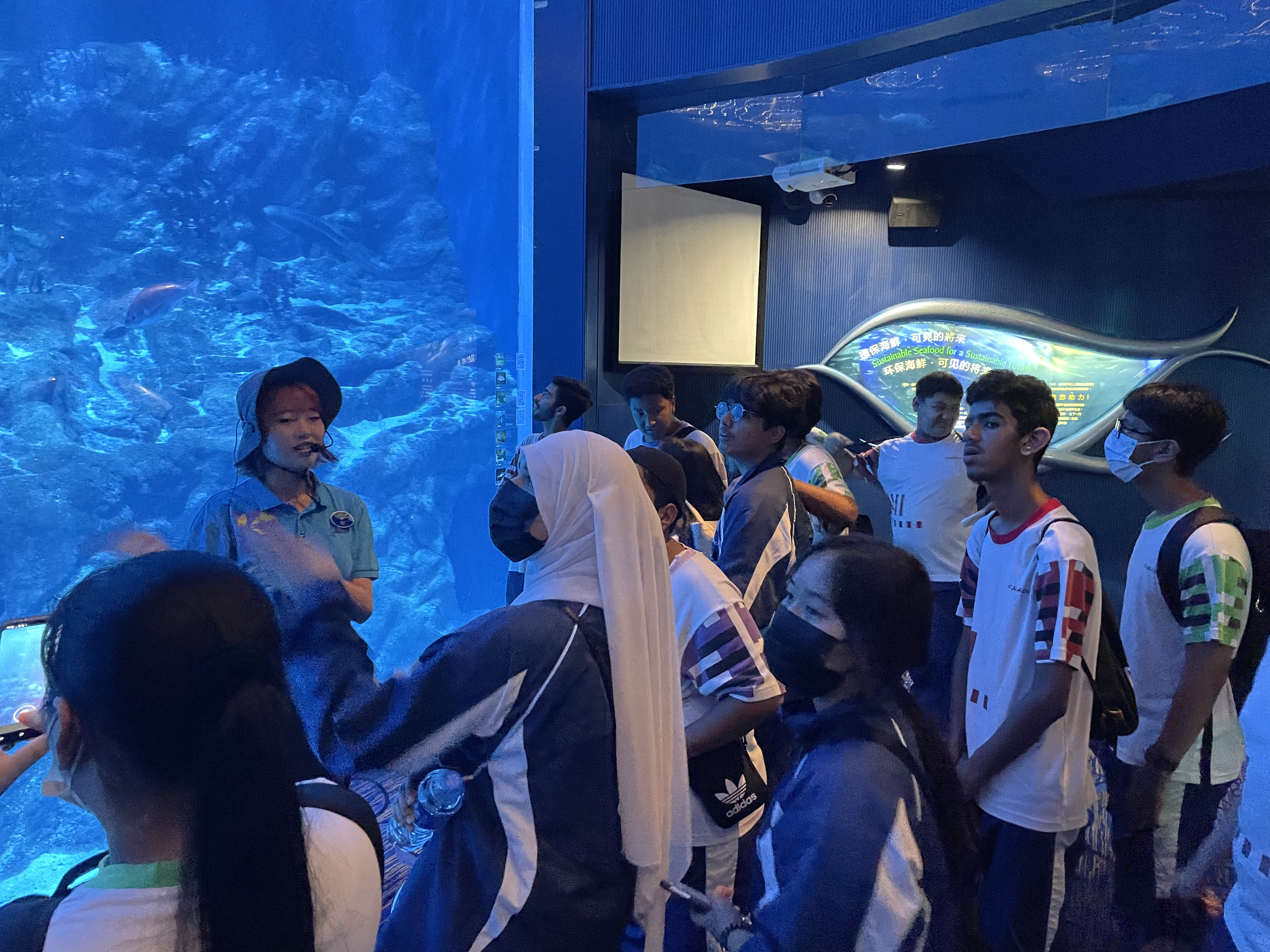

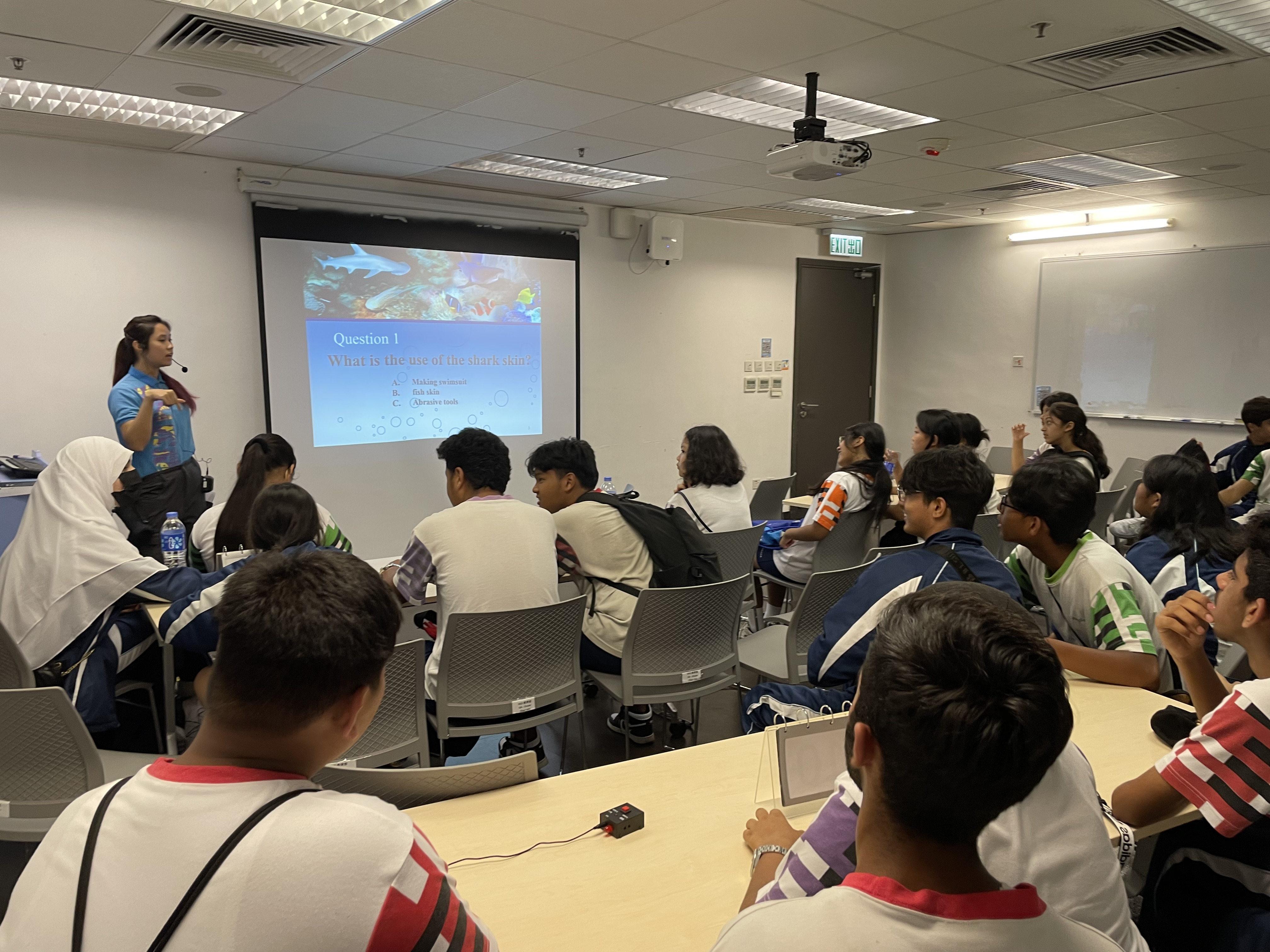
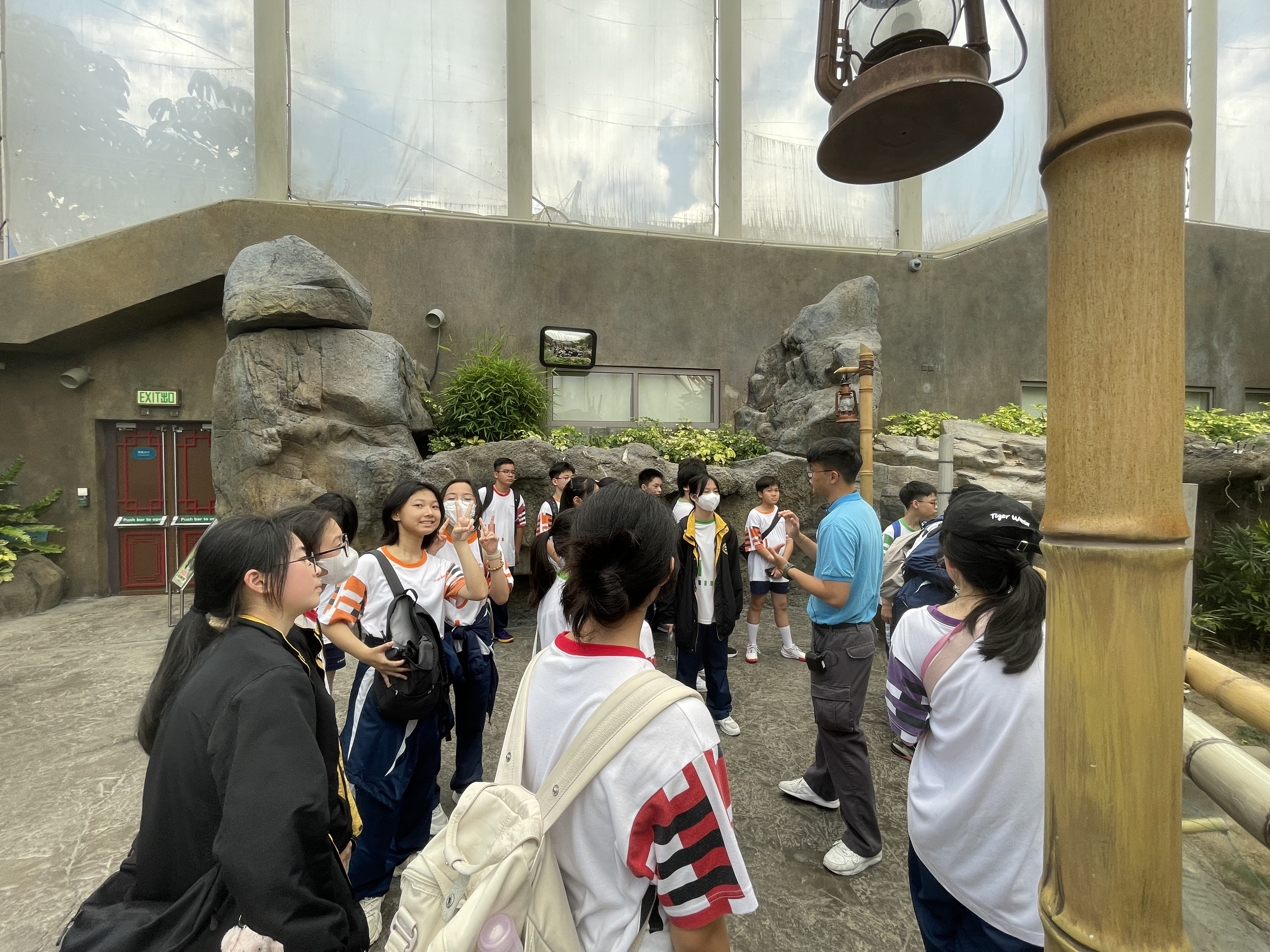
Useful Website
LCSD Science Promotion Unit https://www.spu.hk/en/
HKUST 《Science Focus》https://sciencefocus.hkust.edu.hk/
National Aeronautics and Space Administration (NASA) https://www.nasa.gov/
PhET Interactive Simulations https://phet.colorado.edu/


